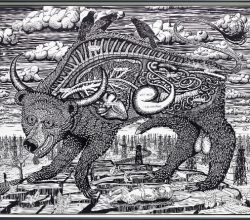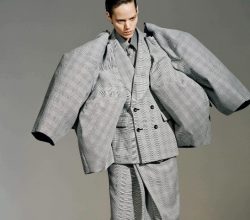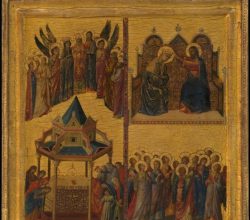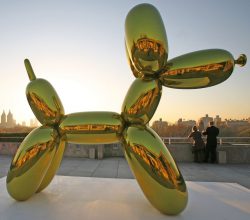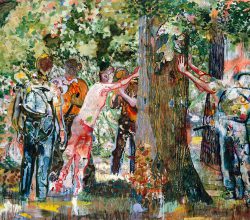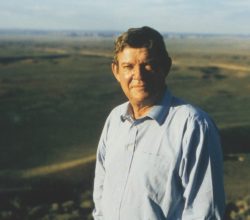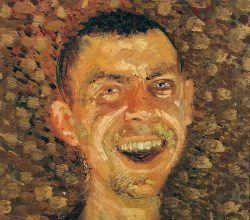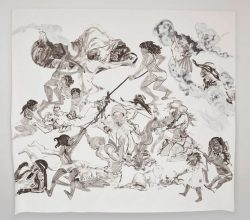
Kara Walker’s New Show Was a Sensation Before It Even Opened
Julia Felsenthal | Vogue | 9th September 2017
Kara Walker’s art focuses on racism and misogyny. So, in the uproar over Charlottesville and its aftermath, her latest show was bound to be controversial. And it certainly is that. “Walker’s work is a reminder that good art may be confrontational, but it is never didactic; rather, it holds a mirror up to life and demands only that you see what you see in that reflection.”

